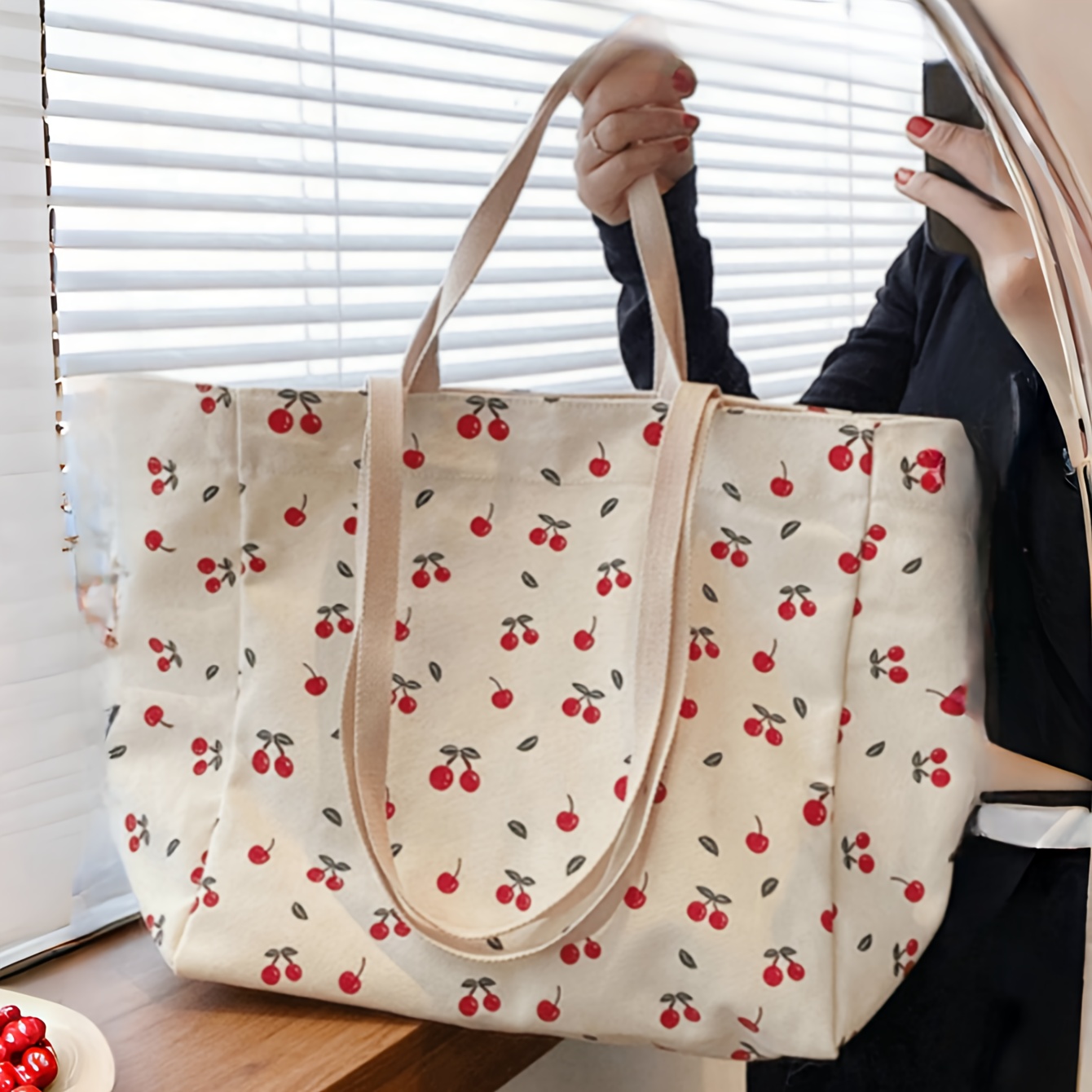Retinol, a form of vitamin A, has gained immense popularity in the skincare world for its remarkable anti-aging and skin-renewing properties. It's no wonder that many skincare enthusiasts are eager to incorporate this powerful ingredient into their routines. But where exactly does retinol fit into your skincare regimen? In this comprehensive guide, we'll explore the best practices and ideal placement of retinol in your daily routine to maximize its benefits while minimizing potential irritation.
Understanding Retinol and its Benefits
Before diving into the specifics, let's take a moment to understand why retinol is such a coveted skincare ingredient. Retinol is a type of retinoid, a family of compounds derived from vitamin A. When applied topically, retinol can:
1. Stimulate Collagen Production
Retinol encourages collagen synthesis, promoting firmness and elasticity in the skin, which helps reduce the appearance of fine lines and wrinkles.
2. Accelerate Cell Turnover
By increasing cell turnover, retinol helps slough off dead skin cells, revealing a smoother, more radiant complexion.
3. Unclog Pores
Retinol can help unclog pores and reduce the formation of comedones (blackheads and whiteheads), making it beneficial for those prone to acne.
4. Even Out Skin Tone
Retinol has been shown to help fade dark spots and hyperpigmentation, leading to a more even skin tone.
The Importance of Nighttime Application
Retinol is best utilized during your nighttime skincare routine. The reason for this is twofold:
1. Photosensitivity
Retinol can increase the skin's sensitivity to sunlight, making it more prone to sunburn. By applying it at night, you avoid potential sun-related side effects.
2. Cell Turnover
Our skin undergoes natural repair and regeneration processes during sleep. Applying retinol at night allows it to work synergistically with the skin's natural nighttime renewal, maximizing its effectiveness.
Step-by-Step Guide to Incorporating Retinol
Now that we know why the nighttime application is crucial, let's break down the step-by-step guide for incorporating retinol into your skincare routine:
Step 1: Cleanse Thoroughly
Start your nighttime routine by cleansing your face thoroughly to remove makeup, dirt, and impurities. A clean canvas will allow retinol to penetrate effectively.
Step 2: Tone (Optional)
If you use a toner, apply it after cleansing to balance the skin's pH levels and prepare it for the subsequent steps. This step is optional but can be beneficial for some skin types.
Step 3: Apply Retinol
After your skin is prepped, it's time to apply the retinol. Use a pea-sized amount and gently spread it evenly over your face, avoiding the delicate skin around your eyes. Remember, a little goes a long way with retinol!
Step 4: Moisturize
Give the retinol a few minutes to absorb, and then follow up with a moisturizer. This step is crucial, as retinol can be drying for some individuals. A moisturizer helps lock in hydration and prevent potential dryness or irritation.
Step 5: Eye Cream
If you use an eye cream, apply it gently around the eye area, avoiding the eyelids and direct contact with the retinol.
Step 6: Sleep and Reap the Benefits
Now that your skincare routine is complete, it's time for beauty sleep! Your skin will work its magic alongside the retinol to promote cell turnover and renewal, resulting in a smoother, more youthful complexion.
Gradual Introduction and Frequency
As with any potent skincare ingredient, a gradual introduction is key to avoiding excessive irritation. If you're new to using retinol, start by applying it every two to three nights and gradually increase the frequency as your skin builds tolerance. Remember that results may not be immediate, and consistency is essential in seeing the full benefits of retinol over time.
Possible Side Effects and Precautions
While retinol is celebrated for its transformative effects, it can cause mild side effects in some individuals, especially during the initial stages of use. These side effects may include redness, dryness, flakiness, or a slight tingling sensation. If you experience any of these, reduce the frequency of application until your skin adjusts.
Additionally, it's crucial to avoid using retinol in combination with other potentially irritating skincare ingredients, such as alpha hydroxy acids (AHAs) or beta hydroxy acids (BHAs), unless advised by a skincare professional.
Retinol is undoubtedly a game-changer in the world of skincare, offering remarkable anti-aging and skin-renewing benefits. By incorporating retinol into your nighttime skincare routine, you can unleash its full potential and wake up to a revitalized complexion. Remember to start with a gradual introduction and be consistent with your usage to achieve the best results. As always, consult with a dermatologist or skincare expert if you have any concerns or questions about using retinol for your specific skin needs. Embrace this powerful ingredient, and watch your skin glow with renewed radiance!


.png)











Post a Comment